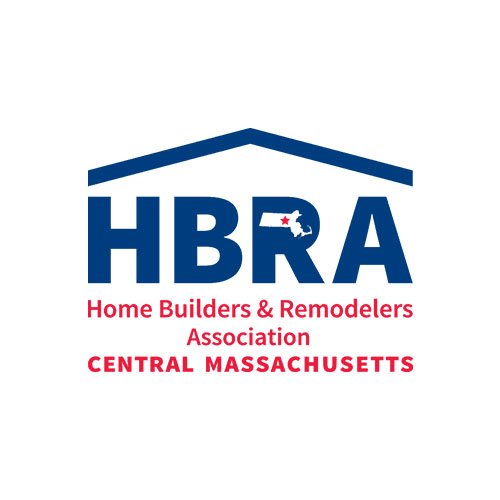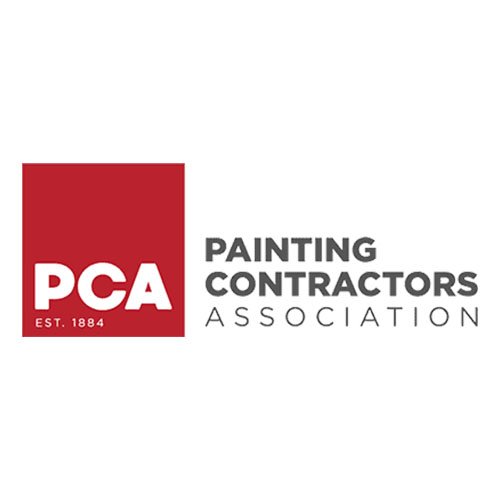Even though granny-Millenial style interior design is on the rise, it doesn’t mean the wallpaper you currently have is the right kind of granny chic.
But should you remove wallpaper yourself? Or leave it for a pro?
The internet is full of advice about how to remove wallpaper. But, how can you tell the good advice from the bad?
In this post, we’ll six common mistakes to avoid when removing wallpaper. Keep reading!
1. Buying Too Much of the Wrong Stuff
Just like painting your home yourself, removing wallpaper is more about technique than anything else. The supplies and tools you use should only make your technique more effective.
Even though there are different types of wallpaper, you really only need a few basics. These include a putty knife, soap, water, washcloths, and trash bags or cans.
Any other gadgets or products are just extras. Unless you know what type of wallpaper you’re working with, you might not even need the extra products you buy.
2. Trying Dangerous and Ineffective Chemical Hacks
So what are some of these “extras” you don’t really need, you may ask? Strippers and fabric softeners are some hacks you might come across on the internet. You shouldn’t need either one.
If there’s even one tiny hole in your wallpaper that exposes your actual wall or hardwood floors, a stripper can destroy it. Stripper is also highly toxic. Even if you crack a door or a window, stripper can have some serious health side effects because it emits low-grade VOCs.
There are also some hacks online that suggest using fabric softener. This, for the most part, is scented water. Fabric softener has no benefits, and might actually make the job messier than it needs to be. Fabric softener can also damage your drywall.
3. Not Scouring the Wallpaper
In order to remove wallpaper, you need to moisten the adhesive underneath it so that the paper slides off. You might become frustrated when you soak your wallpaper once and it doesn’t become any easier to pull off.
The problem here is that your wallpaper might be too thick. Or it could have been made with a glossy finish that doesn’t allow the water to soak through the surface and penetrate the adhesive. So no matter how many times you try moistening the wallpaper, the wallpaper won’t budge.
What’s the solution? Scouring.
Use a scouring tool like a metal scrubber and rub it all over the wallpaper. The goal is to create holes and tears all over the wallpaper so that the water you apply has a pathway to the adhesive below the surface.
Just be sure to find that sweet spot between being abrasive but not going so crazy that you scratch and damage your wall.
4. Removing Wallpaper on the Whole House at Once
If you’ve never removed wallpaper before, your expectations might not match up to reality. Even though we think we might be able to spend 20 hours over a weekend working on a project, reality usually messes with our plans.
If you start scouring every wall and every room of your house, then have to leave the project unfinished for a few days, you can feel overwhelmed. This is why, like all things, it’s best to take the project one step at a time.
Complete one wall, then complete another. This way if you have to leave the project as-is during the workweek, your house won’t look like a set for a poltergeist movie.
Seeing your house gradually transform will also help keep you encouraged and motivated. If you take on every wall at once, it might be weeks before you start to see one clean and finished wall.
Mental health aside, taking your project once wall at a time has other benefits. For example, you can improve your technique as you go. That way, if your technique results in one wall looking less than perfect, you can improve it so the rest of your house looks better.
5. Not Having an Adequate Trash Can Handy
The choice of your trash can will make or break your wallpaper removal experience. Not kidding here.
You’re going to produce a lot of trash removing wallpaper, no matter how many walls you’re dealing with.
If you don’t strategize the location of your trash can, you’re going to waste a lot of time and energy collecting peeled wallpaper and walking it to the trash. This might seem minor, but when you multiply this process by dozens of times, the impact really grows.
Keep your trash can next to you at all times. This way, you can just toss the peeled wallpaper away as you remove it. This will also help keep your space tidy. It’s an awful feeling to finish working for a day, only to realize you’ve made a huge mess you now have to spend an hour or more cleaning up.
The size of your trash can also affect the effectiveness of your wallpaper removal. If you opt for a small can, you’ll run into the same problem as not having a can at all.
You’ll have to constantly take the small to your large trash can outside. If you choose a large trash can to work with, you’ll only need to carry it outside once.
6. Being in Hot Water
When it comes to wallpaper, being in hot water can be a good thing. If you’re having trouble loosening the adhesive, hot water could be the solution you’re looking for.
Try using hot water instead of room temperature when you moisture your walls. Or, if you have a steamer on hand, consider doing this as a second attempt at moistening your walls.
If you have drywall, be careful not to oversteam, as this can damage the wall.
Should You Consider Expert Wallpaper Removal?
So is removing wallpaper something you should do yourself? Or should you leave it to an expert? This decision is entirely up to you.
If you are creative and enjoy home improvement projects, go for it! Just keep this list handy to make sure you’re removing wallpaper correctly. You also need to be realistic when it comes to budgeting your time and energy.
Ready to turn your house into your dream home? Click here to check out our gallery.








